Biggin Hill airfield was originally opened by the Royal Flying Corps (RFC) during the First World War, and in 1917 it became part of the London Air Defence Area. RAF Biggin Hill was the location of some of the fiercest fighting in the Battle of Britain in 1940. It was one of the principal fighter bases protecting London and the South East from Luftwaffe attack during WWII. It remained an RAF base until 1992.
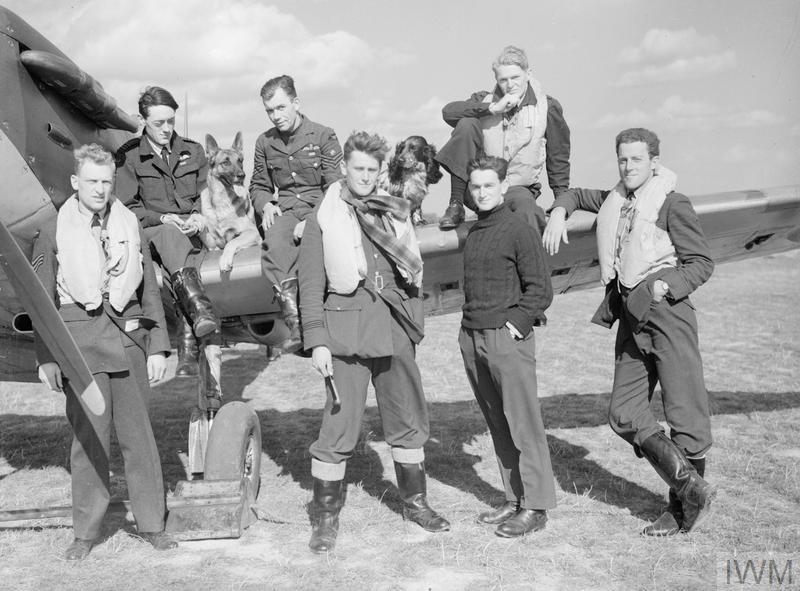
In 1963, the Orpington Urban District (as it then was), was asked by the Board of Trade whether it would purchase the airfield from the RAF. In 1964, on formation of the London Borough of Bromley, which absorbed Orpington, the offer to purchase was open to the new borough. Protracted negotiations were held with the Board of Trade. At a special meeting on 15 June 1972 the Council decided to purchase the airport by a recorded vote of 41 to 9. The purchase was eventually completed in 1974
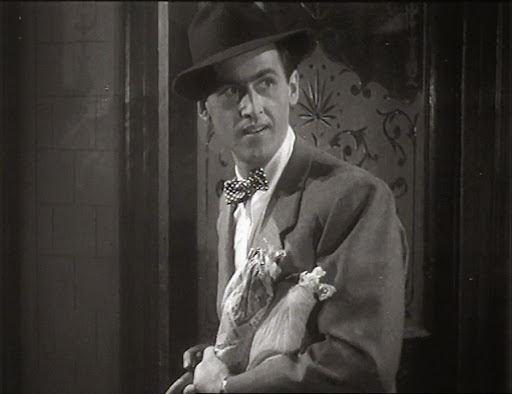
In May 1992 the Department for Transport issued a direction to the Council under s.13 of the Airports Act 1986. The effect of this direction, which affected airports generating turnover of £1 million or more (Biggin Hill just scraped into this limit) marked the final exit of the RAF and required the Council to set up a new company for the purpose of operating the airport as an independent commercial enterprise. To comply with the direction would have required the transfer of all the assets and liabilities to the company, with loss of council control over airport activities and their impact on the local area. The council decided that the granting of a 125-year lease to a proven operator would enable more control to be retained than an outright disposal of the freehold or by a transfer to a local authority company. In May 1994, the airport was leased for 125 years to Biggin Hill Airport Limited (“BHAL”), a subsidiary of Regional Airports Limited, totally controlled by Andrew Walters, who had already bought and sold Southend Airport.
THE PERMITTED USER CLAUSE
In order to protect the local residents and surrounding areas from excessive development, the lease has a clause (the Permitted User Clause) that fundamentally restricts operations at the airport to private flying, business chartering and flight training. The sale of individual tickets is not allowed.
After only 5 years of signing the lease, BHAL contested it through the courts, claiming the right to sell tickets to individual passengers, a precursor to scheduled flights. In 2001, the London Borough of Bromley succeeded in an action in the Court of Appeal, that established that companies operating at the airport are prevented from the sale of tickets.
In 2011, on the occasion of the Olympics, BHAL made another attempt at having the Permitted User Clause amended to allow for fare-paying passengers. The Council rejected the application.
In 2015, BHAL applied to have the operating hours increased by 24% and ran a very controversial survey, when it was proven that 70% off all online responses had been input via IPs owned or related to the Airport. It stated at the time that the increase in hours would allow them not to require the amendment of the Permitted User clause.
However, in May 2021, another application was submitted to Bromley Council requesting the amendment of the Permitted User clause to allow for the transportation of fare-paying passengers. This was rejected by Bromley Council.
In November 2022, BHAL presented another application to amend the Permitted User Clause to allow fare-paying passengers. Bromley Council again rejected the application. BHAL are now threatening legal action against Bromley Council.
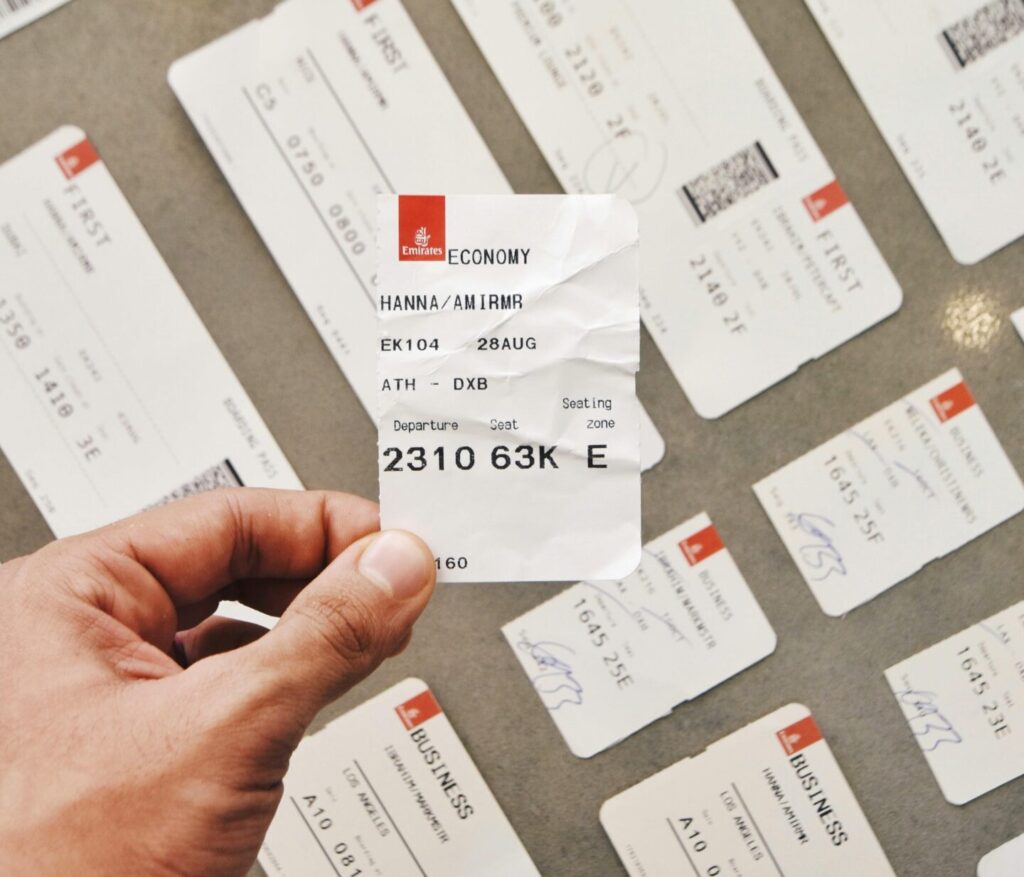
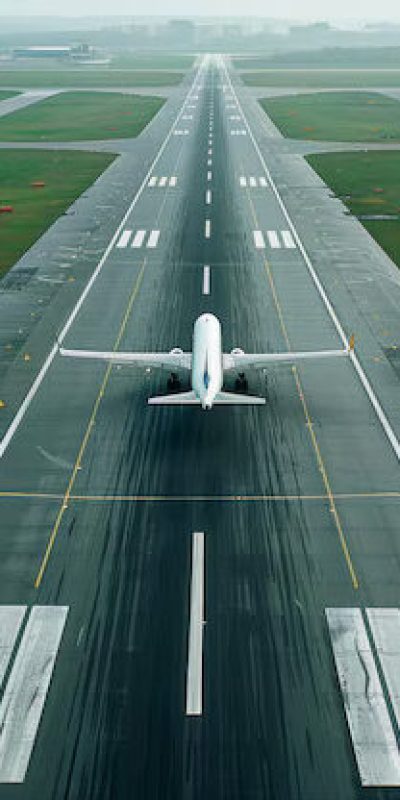
THE NAP (NOISE ACTION PLAN)
In 2015 BHAL was granted a 24% increase in operating hours (more than City, Farnborough and Northolt airports). In exchange, certain mitigations were promised. The most important ones were a cap of 50,000 movements per annum and the removal of some 30% of arrivals from the areas at the North of the airport by introducing a new arrival route to the southern end of the runway (Runway 03), which is in use when the wind blows from the North/North-East (around 30% of the time).
Within six months of promising the 50,000 cap, BHAL tried to impose a time limit of five years on the cap and they are now saying that the cap is 125,000 movements per annum. We are fighting to retain the 50,000 cap, and are urging the Council to enforce it since it is now apparent that the cap was breached in both 2016 and 2017.
Also, in spite of be aware that the new route to Runway 03 would encounter serious problems (they were told so at a preliminary meeting with the CAA in April 2015 and also by their own consultants in April 2016 and February 2017), in May 2016 they signed an official document (the MIL, Management Information Letter, that was attached to the Deed of Variation of the hours) declaring that the submission for the new route had been presented to the CAA, when it had not, and implementation was expected in the Autumn of 2016.
Eight years later, in October 2024, the new route was rejected by the CAA.
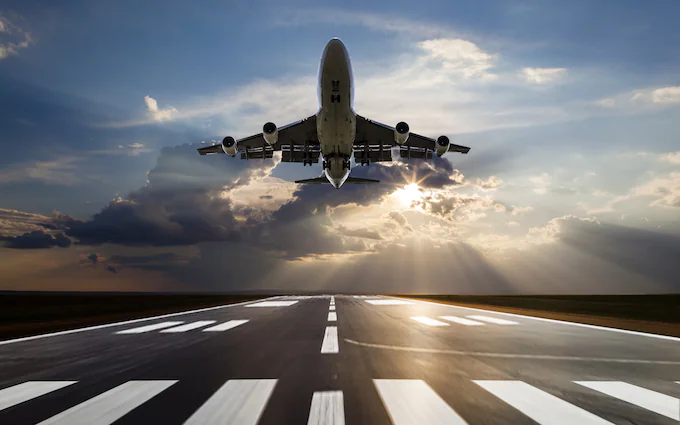
The end result is that residents are left fighting to retain the 50,000 cap on annual movements and residents at the North of the airport have lost the potential for a reduction of all arrivals by some 30%.
Moreover, the noise measures introduced in the NAP, that was supposed to help reduce noise, have, in fact, weakened the Lease and resulted in doubling the noise.
The Council has recognised that the NAP has not worked, and is attempting to renegotiate. The airport believes the matter is closed and it appears negotiations are at an impasse.
